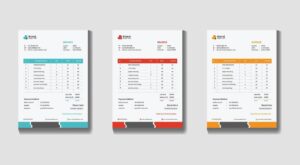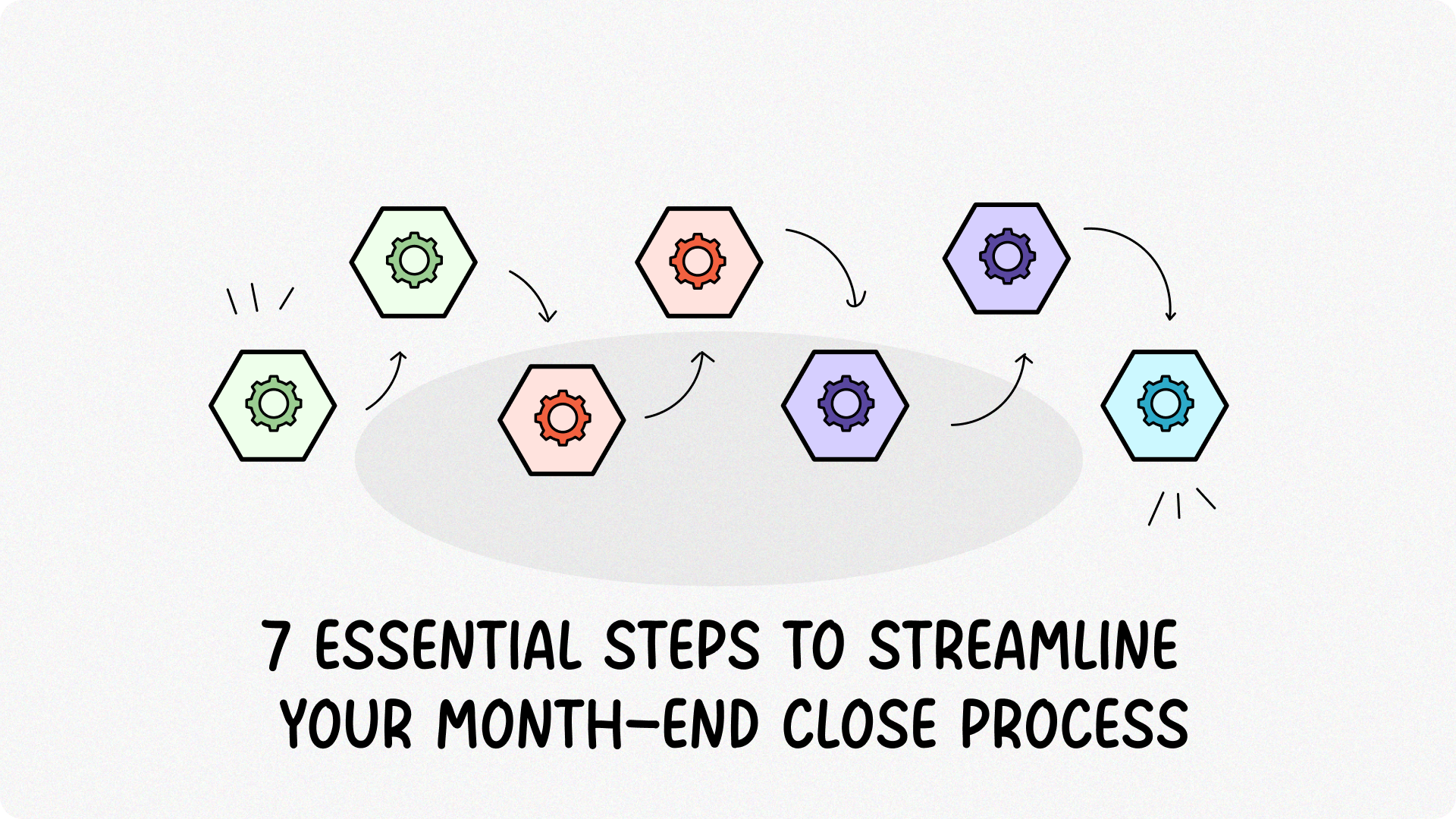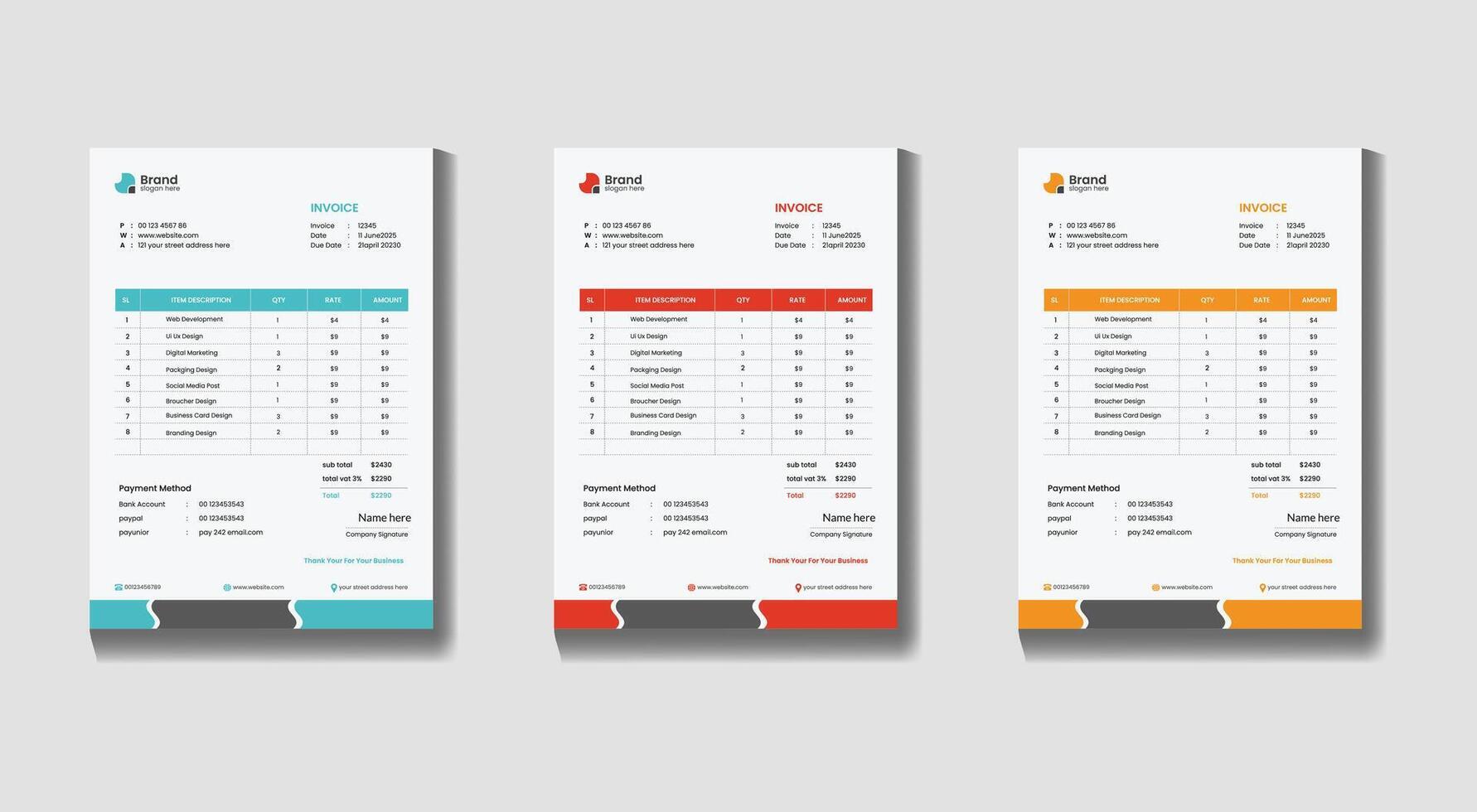If you’ve ever found yourself juggling receipts, double-checking spreadsheets, and wondering where the last few hours went, you know that month-end can feel like a race you didn’t sign up for. You start the month with good intentions, but somewhere between chasing invoices and untangling bank statements, things start to pile up.
You’re not alone. The month-end close is one of the most common pain points for freelancers, accountants, and small business owners. Yet, when done right, it doesn’t have to be a stressful ritual. A streamlined process helps you stay organized, confident, and in control of your finances: not just at the end of the month, but every day.
Here’s how to make your month-end close smoother, faster, and more reliable with seven connected steps that build on each other for lasting efficiency.
Table of Contents
- Step 1: Build a Consistent Closing Checklist
- Step 2: Keep Your Books Updated Throughout the Month
- Step 3: Reconcile Continuously, Not Just at Month-End
- Step 4: Automate the Routine to Focus on What Matters
- Step 5: Review Financial Statements with Insight
- Step 6: Document Adjustments and Keep an Audit Trail
- Step 7: Reflect, Refine, and Repeat
- Run your Business with Confidence
1. Build a Consistent Closing Checklist
Every smooth month-end close starts with a plan. A checklist keeps the process organized, consistent, and repeatable, so nothing falls through the cracks when things get busy.
Here’s a sample checklist to guide you:
- Reconcile all bank and credit card accounts
- Match all receipts and invoices to recorded transactions
- Review accounts receivable and follow up on overdue invoices
- Verify all vendor bills have been entered and approved
- Accrue expenses that haven’t yet been billed or paid
- Update payroll records and verify withholdings
- Review petty cash and reimbursements
- Record depreciation or amortization entries
- Generate preliminary financial reports (P&L, Balance Sheet, Cash Flow)
- Review for accuracy and lock the period once finalized
Your checklist may vary based on your business, but the key is to have one that evolves with your needs. Over time, you’ll notice which steps can be simplified, automated, or delegated, making your close faster with each cycle.
2. Keep Your Books Updated Throughout the Month
The easiest way to simplify your month-end is to avoid the end-of-month rush altogether. Instead of waiting to record and categorize transactions all at once, make bookkeeping a weekly habit.
Dedicate short, focused sessions during the week to update your records, review income and expenses, and match receipts. By staying current, you reduce errors, eliminate the panic of missing data, and make the final close feel more like a confirmation step than a cleanup project.
Think of it like tidying your workspace a little each day rather than cleaning it after a month; it’s faster, cleaner, and less stressful.
3. Reconcile Continuously, Not Just at Month-End
Reconciliation is where your accounting data meets reality. Regularly matching your accounting records with your bank and credit card statements helps you spot discrepancies early and avoid unpleasant surprises.
Instead of saving reconciliation for the final hours of month-end, do it weekly, or biweekly. Check that all deposits, transfers, and payments have been properly recorded. This habit saves you hours later and ensures your financial data is always ready for review.
Continuous reconciliation creates momentum for your close. It turns what used to be a scramble into a series of quick, confident checks.
4. Automate the Routine to Focus on What Matters
Once your process is consistent and your data stays current, the next step is automation. Manual entry is time-consuming, and prone to errors. Automation saves time and reduces risk.
Adopt cloud-based accounting tools that automatically import transactions from your bank accounts, credit cards, and payment platforms. Many tools can even categorize expenses, send invoice reminders, and generate recurring journal entries.
Integration is key. Connect your accounting system to tools you already use, such as payroll software, project management systems, or e-commerce platforms. The fewer manual steps you need to repeat each month, the faster and more accurate your close becomes.
5. Review Financial Statements with Insight
By this stage, your numbers are clean and reconciled. Now it’s time to turn data into understanding.
Generate your key reports:
- Profit and Loss Statement to see what you earned and spent.
- Balance Sheet to understand what you own and owe.
- Cash Flow Statement to track how money is moving in and out.
But don’t just run the reports and move on. Review them with intention. Are your expenses trending higher than expected? Are some clients or products consistently more profitable? Is your cash position improving?
A strong month-end close isn’t just about closing the books; it’s about opening your eyes to opportunities and risks before they grow.
6. Document Adjustments and Keep an Audit Trail
Even the best systems need adjustments. Maybe an invoice arrived late, a transaction was miscategorized, or a refund needs to be recorded. What matters most is that every change is documented clearly.
Keep notes within your accounting software or in a shared record explaining what was adjusted and why. This creates a transparent audit trail, which not only protects you in case of an audit but also helps you (and your team) understand the context behind every entry next month.
Documenting adjustments transforms your close from a reactive scramble into a learning process that gets sharper each time.
7. Reflect, Refine, and Repeat
Once you’ve completed the close, take time to evaluate what worked and what didn’t. A streamlined close isn’t something you achieve once—it’s something you improve continuously.
Ask yourself a few quick questions:
- Which steps took the longest?
- Where did data or approvals get stuck?
- What could be automated or simplified next month?
Use your answers to refine your checklist, adjust your timeline, or adopt new tools that help you stay ahead. Month-end should feel like a well-practiced rhythm, not a recurring fire drill.
Run your Business with Confidence
A clean, efficient month-end close gives you accurate numbers and, most importantly, peace of mind. You don’t need to be an accountant to have control; you just need the right process, discipline, and the right tools.
If you’re ready to ditch the spreadsheets, Fynlo is that tool. Ready to automate busywork, gain financial clarity, and close your books faster? Schedule a quick meeting with us today to see Fynlo in action! You may also like these articles:







